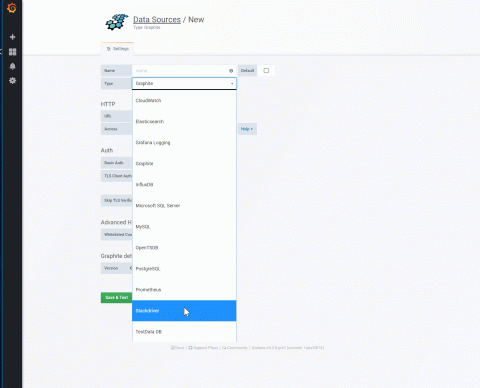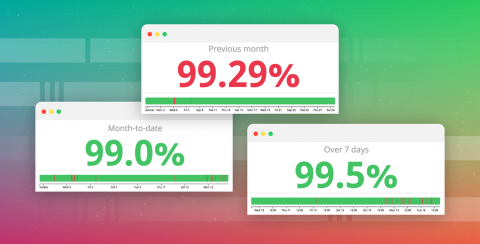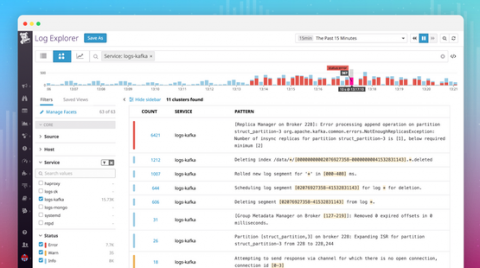4 Reasons Why Your Source Maps are Broken
Source maps are awesome. Namely, because they are used to display your original JavaScript while debugging, which is a lot easier to look at than minified production code. In a sense, source maps are the decoder ring to your secret (minified) code. However, they can be tricky to get working properly. If you’ve run into some trouble, the tips below will hopefully help you get everything in working order.











